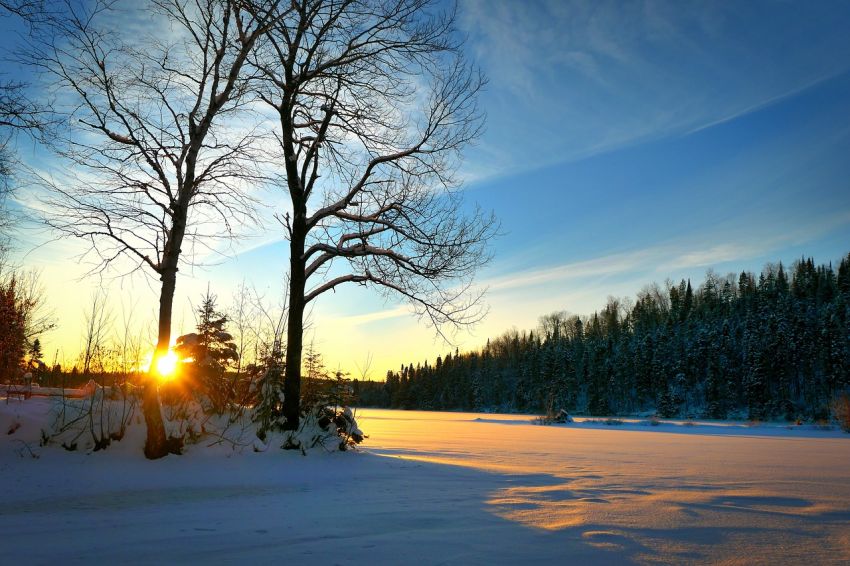In light of last week’s tragedy involving two young people going through the ice while snowmobiling and losing their lives, the OPP is reminding “No ice is safe ice.”
Whether it is on Lake Muskoka where last week’s tragedy unfolded, on waterways in and around West Nipissing or on lakes and rivers farther north, the safe snowmobiling season is coming to an end, albeit in some places sooner than others.
Constable Shona Camirand, a community safety officer for the OPP says “almost all recreational activities involve some inherent risk and the OPP encourages everyone to assess and manage the risks of their recreational activities so they can enjoy the outdoors. Remember, ice conditions can change dramatically from lake-to-lake and from bay-to-bay.”
Ice safety and weight-bearing properties of ice can be affected by many factors:
- Thickness
- Currents
- Age of the ice
- Pressure cracks
- Snow cover
Camirand says due to the uncertainty surrounding ice, the OPP “is not in a position to declare ice conditions safe. The OPP, with its safety partners, will encourage people to stay off the ice when conditions are obviously dangerous such as early and late winter.”
With warmer weather approaching the #SouthPorcOPP and Timmins Porcupine Search and Rescue are giving riders tips to consider before venturing out onto the ice #IceSafety #NoIceisSafeIce ^ms pic.twitter.com/BqhStn7xQN
— OPP North East (@OPP_NER) March 12, 2019
Anyone considering venturing out on ice-covered bodies of water for recreational activities should do so with an experienced, safety-conscious guide who is familiar with local conditions and currents. Children should not play on or near ice-covered bodies of water unless supervised by an experienced, safety-conscious adult who is familiar with local conditions and currents.
Proper use of safety equipment can reduce the risks of travelling over ice-covered bodies of water. Such precautions include the wearing of survival suits, carrying picks (used to grip ice to pull yourself out of the water), and carrying a rescue rope.
Safety tips if you are considering venturing out on ice-covered water:
- Go with an experienced, safety-conscious guide who is familiar with local conditions. Do not travel on ice alone.
- Constantly scan the frozen terrain for signs of changing conditions such as buckled ice, changing currents.
- Loosen buckles and undo belts on any packs or equipment you are carrying or riding on so they can easily be removed. Loosen bindings on snowshoes if you are wearing them.
- Do not drink alcohol and travel over ice-covered bodies of water. Alcohol impairs judgment and reduces your body’s ability to stay warm in cold conditions.
- Carry a map and compass and/or GPS system. A changing weather front can cover a lake quickly in fog or a snowstorm and leave you disoriented on a surface with no landmarks. Make sure your GPS battery is fully charged. Carry a compass as a backup and know how to use it.
- Do not travel over ice-covered water in early and late winter when conditions are more likely to be dangerous.
- If in doubt, don’t go out!


